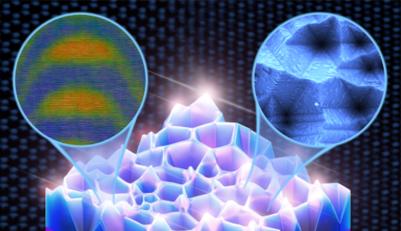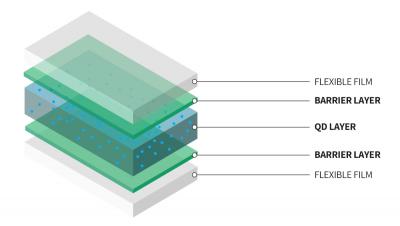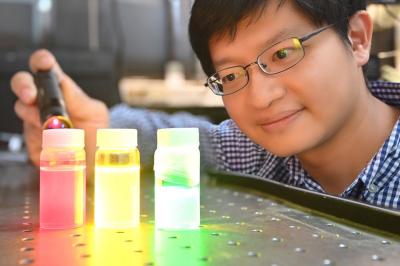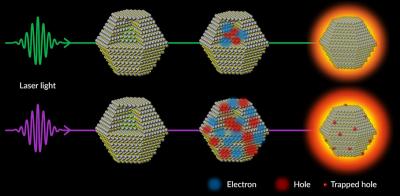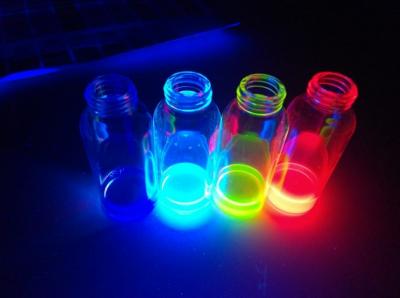Notion Systems installs an inkjet printing system at ITRI for QLED and OLED R&D
Notion Systems, a leading solution provider for industrial inkjet systems, announced that it had successfully installed an n.jet display system at Taiwan's Industrial Technology Research Institute (ITRI). The n.jet display system was developed in collaboration with MBraun/Germany and includes a fully integrated inert glove box solution that combines compact design with minimized nitrogen consumption.
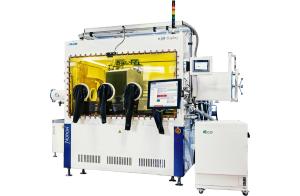
ITRI is now using the new n.jet display system to research and develop novel QLED and OLED technologies. ITRI is looking to replace vapor deposition and vacuum coating with inkjet printing which could reduce the number of steps, increase material utilization and increase display quality.


